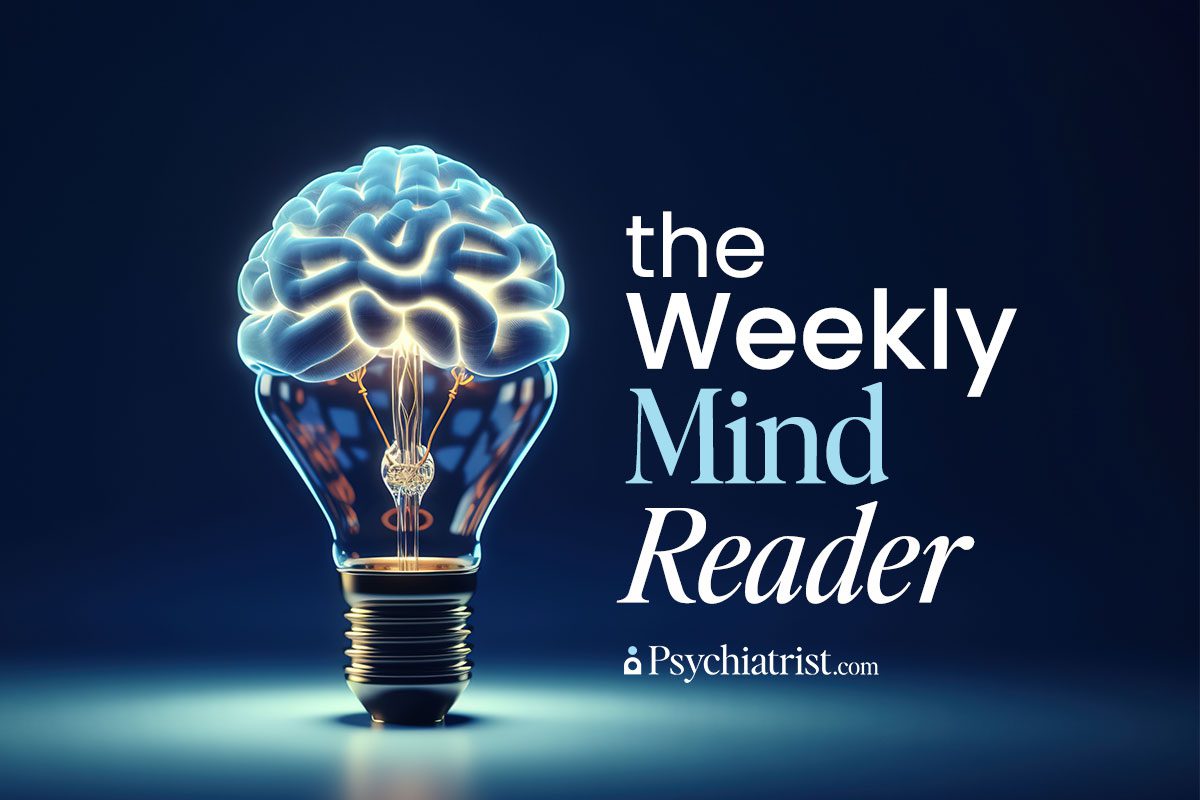Some people can metaphorically color their worldview with every shade imaginable – fiery reds for anger, soothing blues for sadness, sunny yellows for joy. But those with a condition known as alexithymia are missing some expressive paints; they go through life with a sort of “emotional color-blindness” known as alexithymia.
While most people can see and experience the full spectrum of emotions, those with alexithymia have a more limited palette, or no palette at all. Individuals with autism spectrum disorder (ASD), for example, are more likely than average to have alexithymia. It’s not uncommon for them to have difficulty reading and interpreting the emotional reactions of others, even loved ones. And this issue can start as early as childhood.
In a recent study, the ability to process emotions was more influential in shaping how children felt about their parents than their primary ASD diagnosis.
Alexithymia and Parental Attachment
The 2020 investigation led by Italian researchers recruited 24 children with ASD and 24 typically developing children. They measured verbal and non-verbal IQ of the children and assessed each subject’s attachment to their parents as well as their ability to recognize and describe emotions. To collect the data, the team gathered responses from the subjects and their families in a series of questionnaires and then conducted a range of statistical analyses to understand the differences and predictive factors between the two groups.
The children with ASD faced more challenges in recognizing and articulating their emotions. About 21 percent of them scored above the threshold for alexithymia versus 8.3 percent of typically developing children. This finding stands out because these children, while experiencing emotions in a similar way to their peers, struggled to understand, express, and describe their feelings.
Yet despite these limitations in emotional processing, the children with ASD demonstrated a similar level of attachment to their parents as their typically developing counterparts, suggesting a comparable sense of security and trust in these relationships. By documenting the capability for strong, secure bonds among the children with ASD similar to their neurotypical peers, the result runs counter to common perception that children with autism are incapable of forming meaningful emotional connections.
However, alexithymia did play a significant role in shaping a child’s perception of their parental relationships. The ability to process emotions, rather than having an ASD diagnosis in and of itself, was a critical predictor for how they perceived their parental ties. Irrespective of ASD, children who showed higher levels of alexithymia tended to view their rapport with their mothers and fathers more negatively than the other children.
A Dearth of Information and Solutions
According to the National Institutes of Health, about 10 percent of people may experience alexithymia at levels considered pathological.For children in particular, living with the double emotional whammy of emotional color-blindness and ASD can have a meaningful impact on emotional and social development. But despite its prevalence, there remains critical gaps in the science and clinical applications.
The NIH report noted that individuals with high levels of alexithymia appear open to psychotherapy. It also points to some evidence showing that alexithymia scores can decrease during therapy, correlating with improved therapy outcomes. Cognitive behavioral therapy and group therapy have shown promising results by helping patients recognize and communicate their feelings better and enhancing their capacity to use emotional information adaptively.
However, the report stressed a notable lack of treatments specifically designed for alexithymia. Developing targeted treatments for alexithymia could significantly improve the effectiveness of psychotherapy for this group, offering them better chances at emotional and social well-being.
As the authors of the Italian study point out, this is especially true for children:
“…our findings confirmed the importance to target children alexithymia in ASD considering its clinical significance not only on emotion processing but also on other significant domains of socioemotional development as is the case of attachment to parental figures,” they concluded. “Interventions involving mothers and fathers aimed at boosting the quality of relational exchanges and child emotional capacities should evaluate and address alexithymia given its prominent contribution to child adjustment in ASD during middle childhood.”
Further Reading:
Psychiatric Disorders Among Children in Child Welfare Custody
Decoding Brain Wiring May Help Predict Future Mental Health
Cassandra Syndrome Causes Anger, Frustration in Autism Relationships



